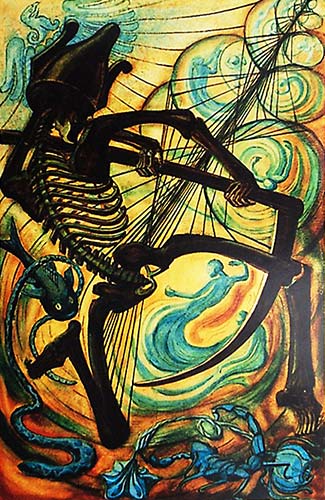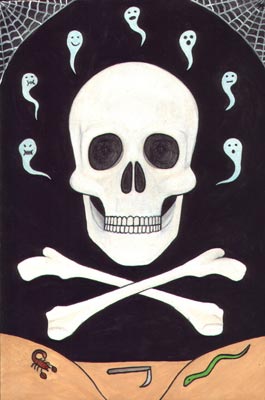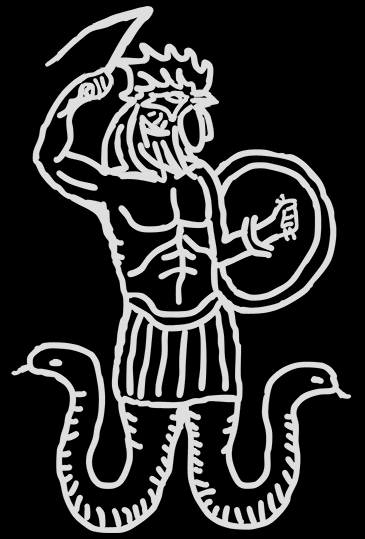
The Death card is probably the most misunderstood and feared tarot card. It is often depicted as a grim reaper figure or a skeleton, which can be unsettling. Of course, the symbolism of this card goes much deeper than its appearance.
At its core, the Death card represents transformation and change. It is not a literal death, but rather a metaphorical death of something old in order to make way for something new. This could mean the end of a relationship, a job, a way of thinking, or even a physical location. It is a time for reflection, letting go, and making room for growth.
The Death card also represents the concept of rebirth and renewal. Regarding the Great Work, this card relates to the stage of putrefaction, a crucial phase that leads to ascension and rebirth. The image of the skeleton can be seen as a metaphor for shedding the old and embracing the new. It is a time for self-discovery and transformation, as one emerges from the ashes of the past.
However, it is important to note that the Death card is not always a positive card. It can also represent endings that are painful or difficult to accept. It is a reminder that change is inevitable, and sometimes we must let go of what we hold dear in order to move forward.
In tarot readings, the Death card is a symbol of transformation and growth. It can indicate the need for change, or a warning that change is coming. It can also be a sign of deep healing and inner work, as one confronts their own and others’ mortality.
When we understand the Death card, we see how it can be applied to our everyday lives. We can use it as a tool for personal growth, letting go of what no longer serves us and making room for the new.
Questions to Consider
- What endings have you experienced in life? How did they lead to new beginnings?
- What fears do you have about change? How can you overcome them?
- In what ways can you embrace transformation and growth in your life?
Exercise Ideas
- Write a letter to yourself from the perspective of the Death card, encouraging you to embrace change, so you can be reborn as a higher consciousness.
- Create a piece of art or writing that represents the concept of rebirth and renewal.
- Briefly reflect on a past ending in your life. How did it shape who you are today?
| previous card | next card |
Surrealist |
Diary |
bifrost |
Langustl |
Rider-Waite |
Variations of the Card
Arguably the most notorious card of the tarot deck is the Death card, which is also one of the most polarising. The Rider version of this card is a classic, picturing the biblical horseman of Death. The king has fallen, and only the Pope has the courage to face him. Others have been brought to their knees, and the sun is setting between the towers.
One rendition of the Death card sticks out like a sore thumb, as bright colours are not commonly used on the tarot’s Death card.
(adsbygoogle = window.adsbygoogle || []).push({});
The most disturbing Death may be a toss-up, depending on the individual. Certainly, the most brutal Death belongs to Diary. A scene of the Grim Reaper masterminding a mob action murder is extreme symbolism for a tarot deck. Surrealist also bears a rather disturbing image on the Death card. It’s odd how something as basic as the colour inversion of a creepy-looking child’s face can be so psychologically unsettling.
The Death card from bifrost contains a skull and crossbones: the universal symbol of poison and piracy. The skull and bones are accompanied by seven spirits, as the number seven is a running theme in this deck.
